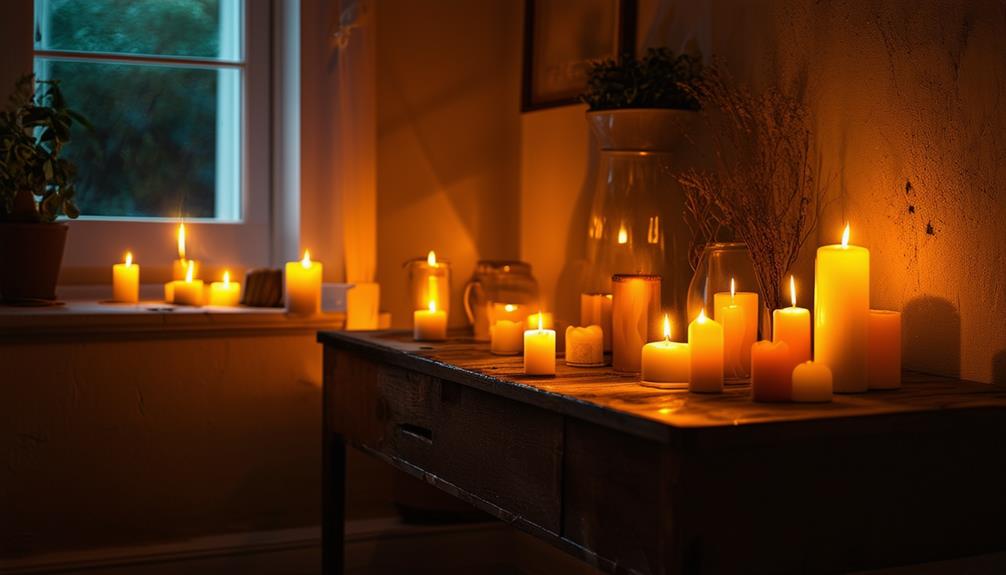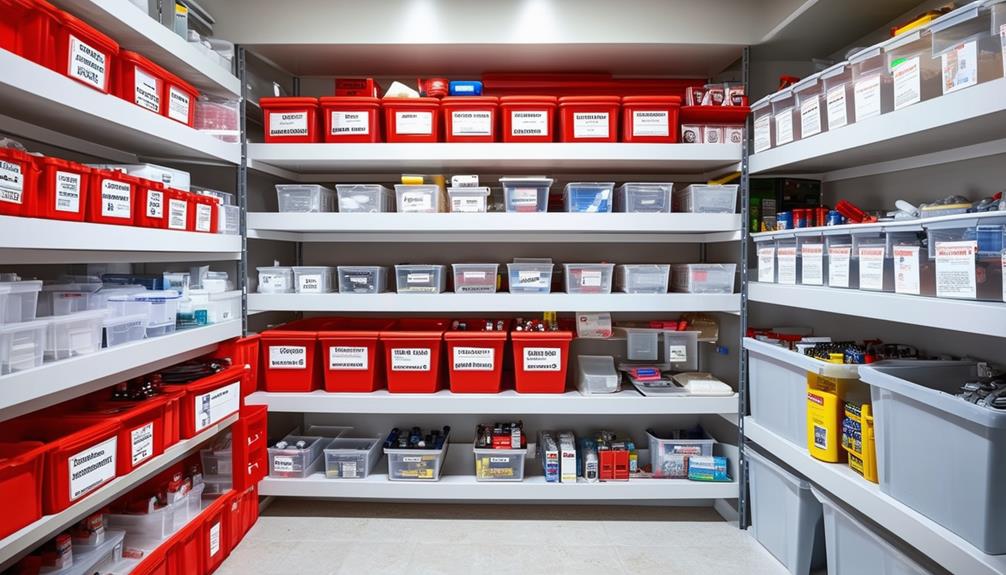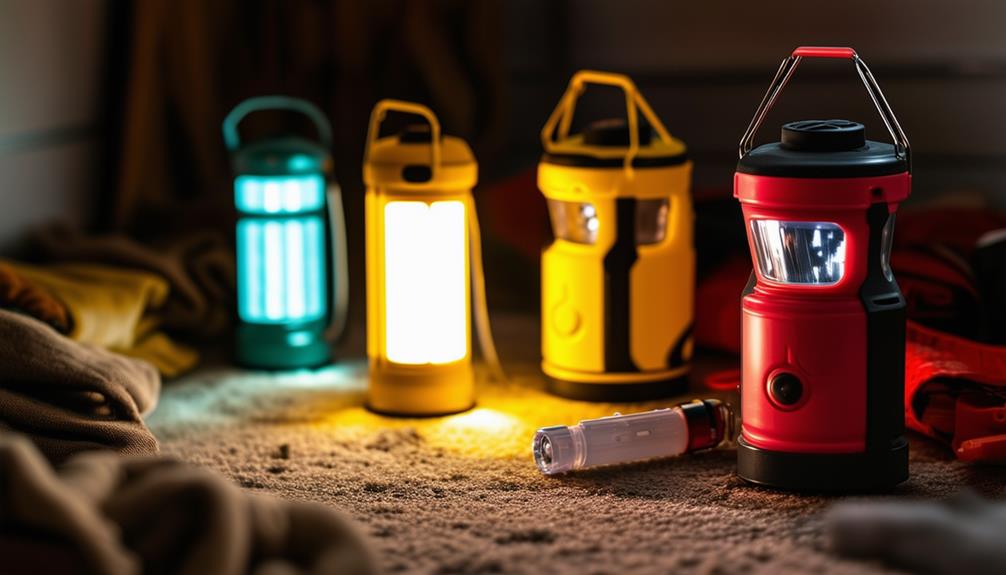Will Your Emergency Earthquake Kit Last?

Living in an earthquake-prone area means that preparedness isn't just a recommendation—it's a necessity. Earthquakes can strike without warning, leaving destruction in their wake and potentially cutting off access to essential services like electricity, gas, and water. Preparing an emergency earthquake kit can be the difference between safety and struggle in the days following a seismic event. But what exactly should go into this kit, and how can you ensure it will last through an emergency?
How Much Do You Need?
The California Earthquake Authority advises having at least 72 hours' worth of supplies on hand for each person in your household. This recommendation is based on the worst-case scenario of having no power, gas, or functioning water systems. Here’s what that translates to in practical terms:
- Water: At least one gallon per person per day for drinking and sanitation.
- Food: Non-perishable items providing 1,500 to 2,000 calories per day per person.
Where Things Can Go Wrong
The most common mistake when assembling an emergency earthquake kit is failing to accurately assess your household’s needs. Here are some key considerations:
- Family Members: Count every person in your household, including infants, children, and elderly members.
- Pets: Don’t forget your furry friends—they need food and water too.
- Special Needs: If anyone in your household requires specific medications or medical supplies (e.g., epi-pens, insulin), ensure you have at least a week's worth stored safely.
Are Your Supplies Safe?

Choosing the right supplies is crucial to ensure your earthquake kit's effectiveness. Here are some tips to ensure your supplies remain safe and usable:
- Water: Stock up on commercially packaged water or use purification tablets to treat other water sources. Be cautious about water quality, especially after an earthquake.
- Food: Opt for long-lasting canned or freeze-dried foods, and regularly check expiration dates to ensure freshness. Foods with extended shelf lives, such as vacuum-sealed grains, nuts, and dehydrated meals, are ideal.
- Expiration Dates: Regularly rotate and replace items in your kit to prevent consuming expired goods.
Are Your Supplies Portable?
If an earthquake forces you to evacuate, having a portable kit is essential. Consider the following for a grab-and-go solution:
- Backpack or Duffle Bag: Store your supplies in a sturdy, easy-to-carry bag.
- Compact Packaging: Use plastic pouches for food and water to save space.
- Energy Bars and Tablets: High-calorie energy bars and purification tablets are compact and lightweight, making them perfect for an emergency kit.
Comprehensive List of Supplies for Your Emergency Earthquake Kit

Basic Supplies:
- Water: One gallon per person per day
- Non-perishable food: Canned goods, energy bars, and dried foods
- Manual can opener
First Aid:
- First aid kit with bandages, antiseptic wipes, and pain relievers
- Prescription medications (7-day supply)
- Medical gloves and masks
Tools and Equipment:
- Flashlights with extra batteries
- Portable phone chargers or power banks
- Multi-tool or Swiss army knife
- Whistle to signal for help
- Matches in a waterproof container
Clothing and Personal Items:
- Change of clothes and sturdy shoes
- Warm blankets or sleeping bags
- Rain ponchos
- Personal hygiene items (toothbrush, toothpaste, sanitary products)
- Extra glasses or contact lenses
Safety and Communication:
- Battery-powered or hand-crank radio
- Local maps and compass
- Copies of personal documents (ID, insurance policies)
- Emergency contact information
Miscellaneous:
- Cash in small bills
- Baby supplies if needed (diapers, formula)
- Pet food and supplies
- Dust masks to filter contaminated air
- Trash bags and plastic ties for sanitation
Conclusion
Putting together an emergency earthquake kit requires careful planning and regular maintenance to ensure it meets your family’s needs. Whether you choose to assemble your own or invest in a professionally crafted kit, the key is to be prepared. By considering portability, shelf life, and specific needs, you can create a kit that will keep you and your loved ones safe and secure in the aftermath of an earthquake. Regularly update your kit and review your emergency plan to stay prepared for whatever challenges may come your way.




